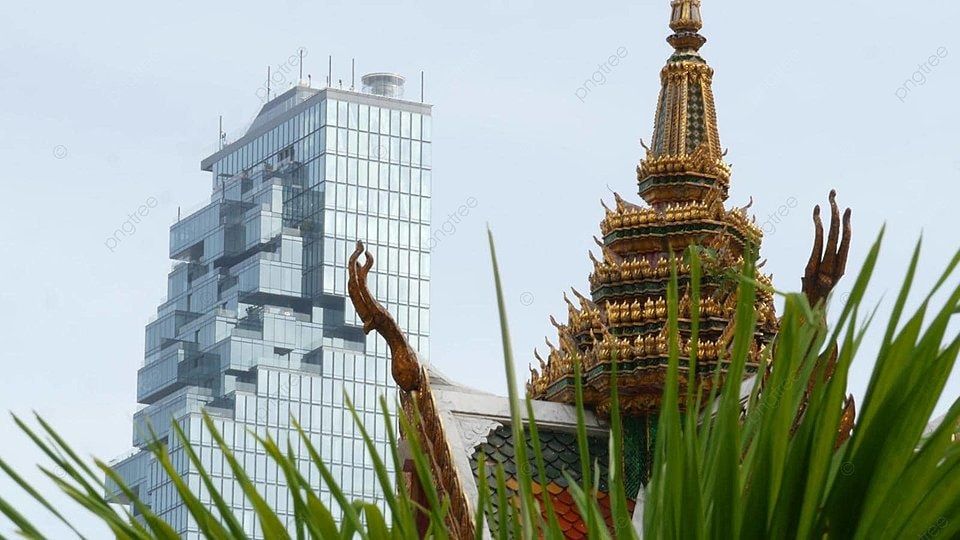Tall buildings symbolize power, dominance, and national pride.
They respond to urban space constraints and growing populations.
Skyscrapers are tools of economic branding and global identity.
Psychological factors like status, legacy, and visibility drive height.
Technological advances have removed old limits to vertical growth.
Why Humans Obsess Over Building Taller and Taller
A Quick Recap of This Story
From Shelter to Symbolism
At the root of it all, humans built shelter for survival. But over time, construction evolved from function to statement. We no longer build just to live—we build to prove something. And nowhere is that clearer than in the global race for the skies.
Today’s megacities don’t just grow—they rise. From New York’s skyline to Dubai’s architectural arms race, the world’s urban identity is increasingly defined by height. But why? What drives a species to challenge gravity, floor by floor?
The answer isn’t just engineering—it’s psychological, political, and economic. Humans build tall because the sky has become the last frontier for proving dominance.
Space is Scarce, So We Rise
One of the most obvious reasons behind vertical construction is spatial limitation. In overpopulated cities where every square inch is monetized, building upward is no longer a luxury—it’s a necessity. A single plot of land in Tokyo or Lagos can host thousands of residents or workers if stacked vertically.
Skyscrapers offer high-density solutions for housing, commerce, and industry. They compress opportunity into compact footprints, allowing cities to grow without sprawling. But even necessity is only half the story.
Power in the Skyline
There’s no denying that height has always been linked to authority. From ancient pyramids to medieval cathedrals, the tallest structures often belonged to rulers or religious institutions. Today, that symbolism hasn’t changed—just the materials.
Modern skyscrapers are corporate temples. The higher a company’s headquarters, the louder its statement. It’s no accident that financial districts around the world double as vertical battlegrounds for influence and prestige.

Governments, too, compete in this architectural pageant. Cities fight for the "world’s tallest" not out of utility but to plant a flag in the clouds—a national flex carved in concrete and glass.
Identity, Branding, and Global Attention
Beyond power and practicality lies another motive: recognition. A towering building becomes an instant landmark, a visual shorthand for a city’s brand. Think of Paris without the Eiffel Tower, or Kuala Lumpur without the Petronas Towers. The structure isn’t just functional—it becomes the face of the place.
In a globalized economy, being visible—literally—matters. Cities build up to be remembered, photographed, visited, and invested in. Skyscrapers are the billboards of urban ambition.
Technology Removes the Ceiling
Advancements in engineering have removed former limitations. What once required centuries of labor and stone can now be achieved in months with steel frames, reinforced concrete, and elevator tech that makes 100 floors feel like 10.
Humans build tall because now, we can. And the bar keeps rising. The Burj Khalifa stretches past 828 meters. But plans for the Jeddah Tower aim for over 1,000. It’s not about need anymore—it’s about making history.
Status, Ego, and the Need to Leave a Mark
Lastly, there’s the most human reason of all: legacy. From kings to CEOs, the urge to leave a visible mark on the Earth drives the creation of record-breaking structures. These aren’t just buildings—they’re tombstones of ambition, monuments to a generation’s will to be remembered.
In many ways, tall buildings are our modern pyramids. Not built by slaves, but by capital. Not for gods, but for glory.

0 comments
Be the first one to comment, but before that...
Here are some best practices for writing comments: